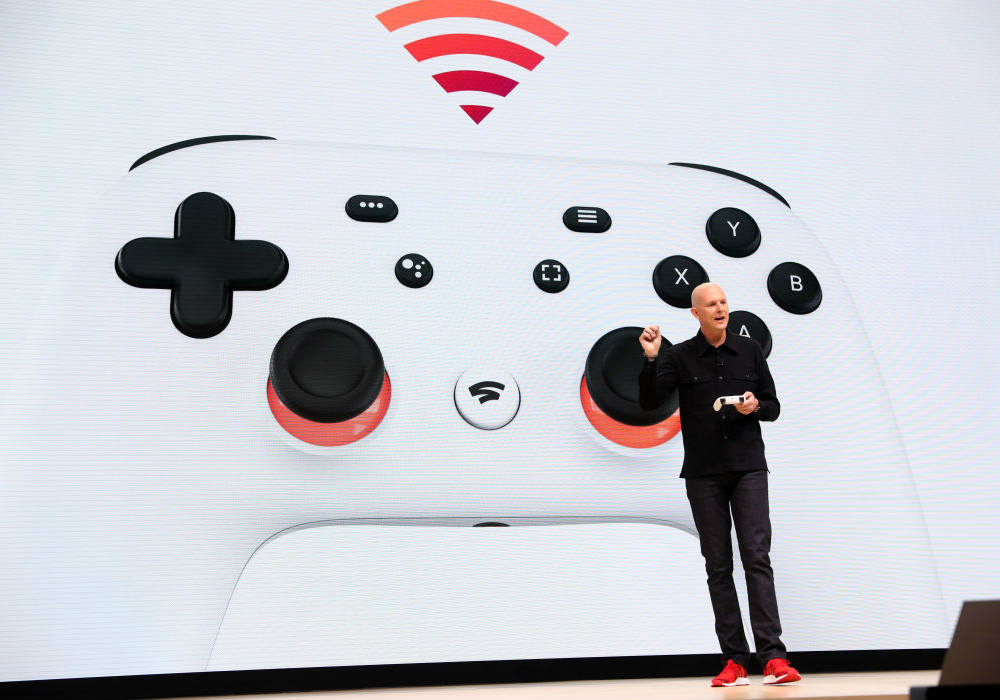
Google has finally made their long awaited, and much anticipated, announcement of their vision for the future of video games at GDC 2019. And, what an announcement it was! Say hello to Stadia, Google’s brand-new video gaming platform.
Come with me as I break down everything that was talked about at the Google Keynote and what it potentially means for gamers.
What exactly is Stadia?
First and foremost, it’s important to understand that Stadia isn’t a new console. Instead, it’s an advanced game streaming platform that brings together the people who love to play games and the gamers that love to watch them.
So, what does that mean for you the gamer? It means there is no physical box that you need to buy to play Stadia games on. Instead, you’ll have instant access to your games on any TV, laptop, mobile phone, desktop or tablet. So long to game downloads, installs, updates and patches.

And, Stadia has support for keyboard and mouse combos on laptops and desktops. In addition, there is support for some of your favourite USB controllers you currently own as well as Stadia’s own dedicated controller—more on this later. Simply put, Stadia is an online service that allows you to play games anywhere you have an internet connection on any screen you have.
Vice President and GM of Google Stadia Phil Harrison, who was formally involved with both PlayStation and Xbox, demoed just how fast it takes to get into a game. Within five seconds, he was up and playing Assassin’s Creed Odyssey. Furthermore, he showed off the ability to transfer a game from exactly where you left off to another screen flawlessly.

The technology behind Stadia
The Stadia video game platform is made possible thanks to Google’s highly advanced and globally connected Data Centres. Located in over 200 countries world-wide, all of Google’s 7500 plus Data Centres are equipped with dedicated server class GPU, CPU, memory and storage components that are built for gaming.
This allows for games with up to 4k native resolutions running at 60 fps with HDR and surround sound. There are even plans for future support of 8k and 120+ fps! Here are the main specs of a single Stadia instance:
- Custom 2.7ghz hyperthreaded X86 CPUs with AVX2 SIMD and 9.5MB L2+L3 cache
- Custom AMD GPU
- 10.7 Teraflops (that’s more computing power than PS4 Pro and Xbox One X combined)
- 16 GB combined VRAM and system RAM with performance up to 484 GB/s
- SSD cloud storage
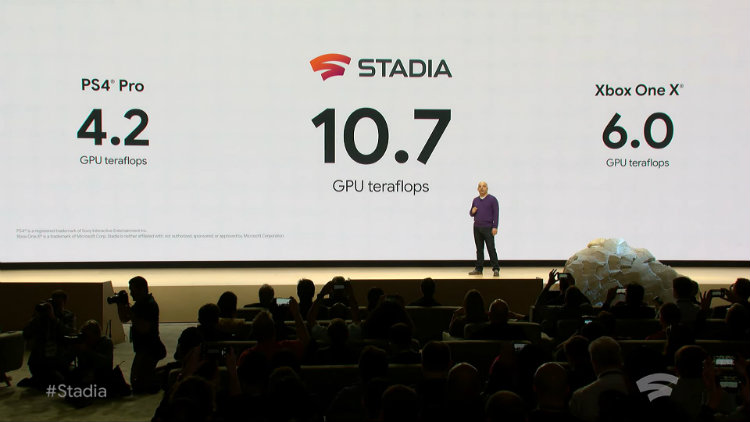
Developers can scale this hardware to use one or multiple GPUs for their games. A demo with to characters fighting was shown that demonstrated the difference between using one and multiple GPUs. Real-time fluid deformation with accurate water simulation was the main focus of this demo. It was amazing to see the difference between the two.
You also have the ability to stream your games in 4k 60 fps to YouTube from a dedicated connection from the Data Centre. Since this is a separate connection from within the Stadia Data Centre this is no overhead or performance hit on the game you are playing.

The Stadia controller
Google has designed a dedicated controller for use with Stadia that connects directly to the game that is running in the data centre over Wi-Fi. The controller looks similar to that of what comes packaged with an Xbox One S.
The Stadia controller includes all the standard buttons and functions on a typical controller. However, there are two additional buttons that offer additional functionality: the capture button and the Google Assistant button. The capture button allows you to save and share gameplay to YouTube. The Google Assistant button activates the built-in mic on the controller to get assistance on special in-game features that developers add to games.
To demonstrate one of the many useful ways gamers can use the Google Assistant, a puzzle from Rise of the Tomb Raider was shown. If a player is stuck on a tomb, you can just simply press the Google Assistant button and ask for help. The screen seamlessly changes to a YouTube clip the solution to the puzzle and then back into the game.
An interesting bit of information that I learned, which wasn’t talked about at the announcement, is that Canada played a very important role in developing Stadia and the Stadia controller. The Google team out of the Kitchener-Waterloo office here in Ontario largely owns the Stadia experience for developers and publishers, and also worked on the software for the controller.

Social features
As mentioned earlier, the Stadia platform is designed to bring content creators and gamers together. One such way of doing so is the inclusion of Crowd Play. This allows the person streaming to enable the Crowd Play function so that players from all over the world can join in and play with their favourite creators.
Another intriguing social feature on Stadia is something called State Share. This allows developers and players to share specific save points via the cloud. In turn you can share a link with friends that will take them precisely to the point in which you want them to with the same exact position and inventory as when the State Share was created. The possibilities with State Share are virtually limitless.
Finally, there is Stream Connect and it marks the return of local couch co-op. Under normal circumstances splitting the screen up requires additional overhead and resources that cause most developers to scale back their games. With Stream Connect, developers and use separate Stadia instances to offer multiple windows on a single screen with no impact.
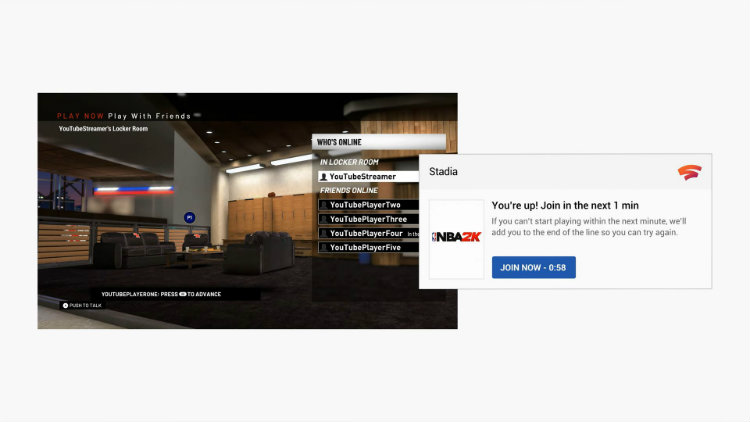
A flexible game development environment
Phil Harrison announced that over 100 development kits have already been shipped to developers. Though, only a few games were briefly shown running on the platform. These include Assassin’s Creed Odyssey, Doom Eternal, NBA 2K19 and Rise of the Tomb Raider.
We learned that Stadia uses the Linux operating system and uses the open API Vulkan. Additionally, the two most popular game engines: Unity and Unreal Engine are 100% compatible with Stadia. Furthermore, the popular physics engine Havok is fully compatible as well.
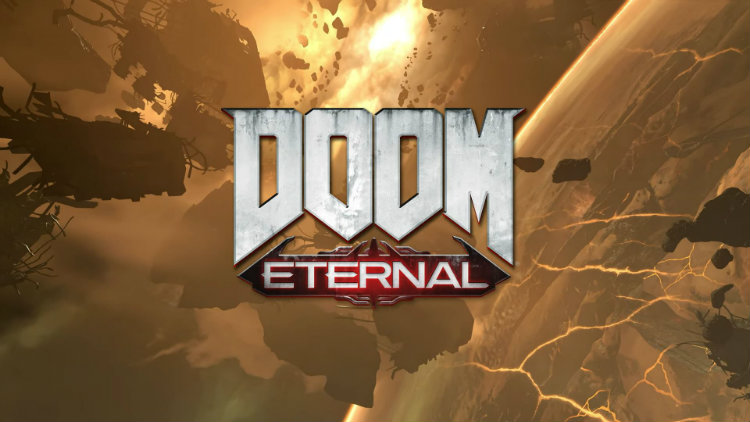
This is all good news, as it makes developing games for Stadia easy. In fact, it only took a few weeks for id Software to get Doom Eternal up and running. And, many gamers will be happy to hear, Google fully supports cross-platform play.
Designer Jade Raymond is heading up Google first party game studio called Stadia Games and Entertainment. Her studio will develop exclusive games for Stadia and offer support to those looking to bring their games to the platform.
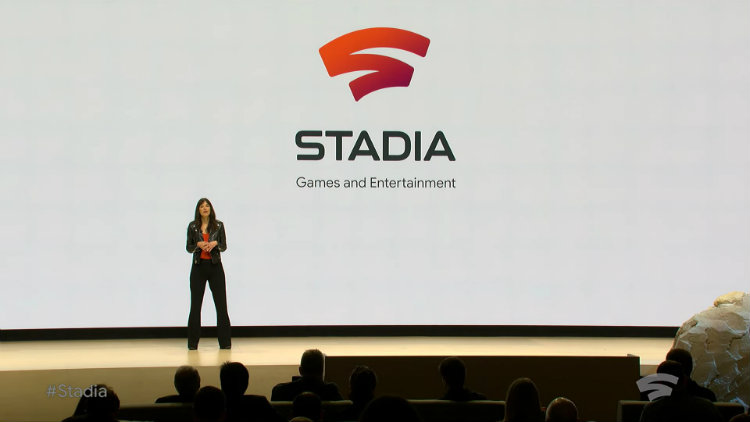
I’m excited to find out more about Stadia and what Google has in store for us
It’s clear that Google is serious about making Stadia a successful video game platform. It is a vast departure from how we have been accustomed to consuming video games. We do know that Stadia will release sometime this year in Canada, US, UK and most of Europe.
Though, pricing, internet speed requirements to use the service, and the line up of launch games have yet to be revealed. It looks like we’ll have to wait until the Summer for more information on Stadia. Whether that means Google will be at E3 this year or not is anyone’s guess.
Let me know in the comments section below what you think about Google’s announcement of Stadia. Are you interested in the new gaming platform? Will you take a wait and see approach to it? Do you think Xbox or PlayStation will alter their plans for their next generation systems?
Click here to see the full line of video game software available at Bestbuy.ca
Click here to see digital video game downloads offered at BestBuy.ca









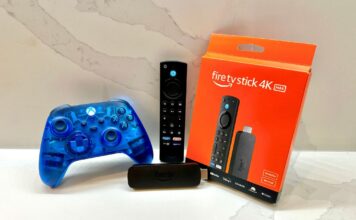





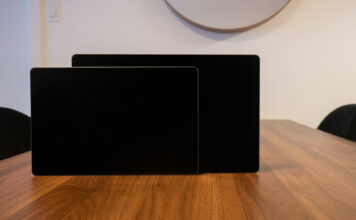

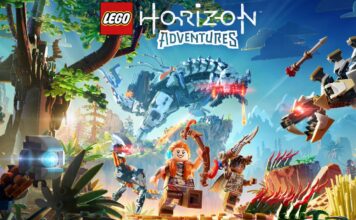


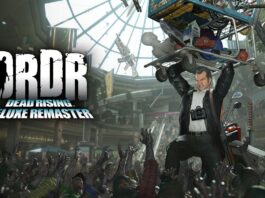
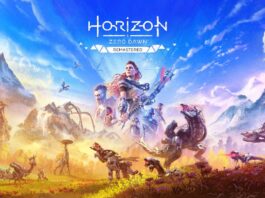






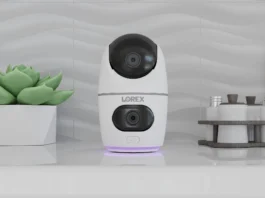

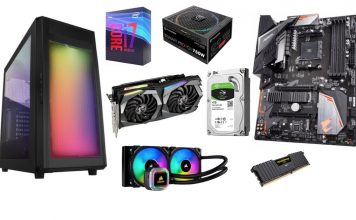








The Stadia does seem interesting, but I am still skeptical. Internet speeds in rural parts of the country are likely nowhere near the speed that would likely be required for this. Recently I lived in a small town in Saskatchewan and the best reliable internet speed that I could get was up to 10 Mbps. I was not guaranteed 10 Mbps, but only that I could get speeds up to that. I expect for a streaming system like this someone will need significantly more than that.
My other concern is that I’m traditional. Most of the time I like to own a physical copy of a game. It makes me feel like I actually own the game. I’ve considered paying for game services like Xbox Game Pass, but I don’t like the idea of paying to be able to play games and then losing access to those games if I stop paying for the service. I’d kind of rather pay once for the game and then play it.
I am interested though to find out more about this platform as more information is released. Thanks Jon!
Comments are closed.